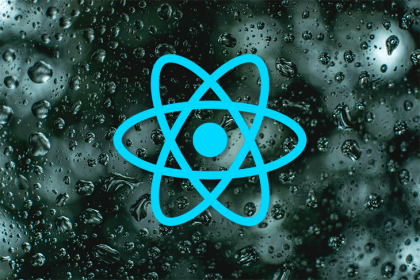
Learn which third-party React Native libraries create the best possible user and developer experience for styling, navigation, testing, and more.
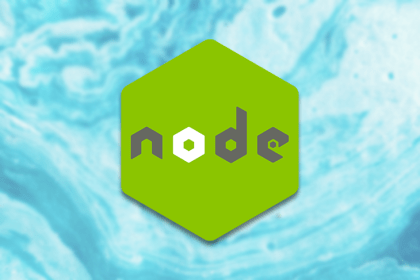
Discover three free services, Qovery, Vercel, and Heroku, that let you deploy a Node.js API built with Express.js and MySQL.
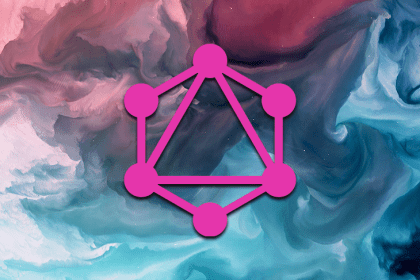
Take advantage of GraphQL on the frontend by automating the creation of TypeScript types and the generation of custom React Query hooks using GraphQL Code Generator.
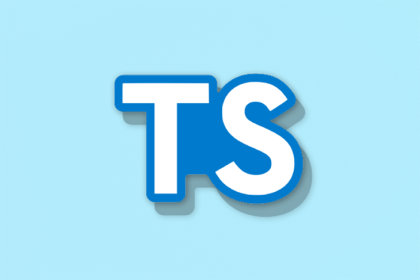
If you have a TypeScript codebase in a monorepo that is not using TypeScript project references then you are missing out on a productivity boost.
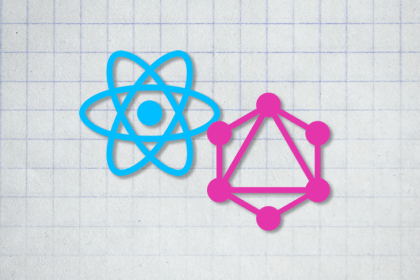
GraphQL simplifies CRUD by abstracting requests to a single endpoint.
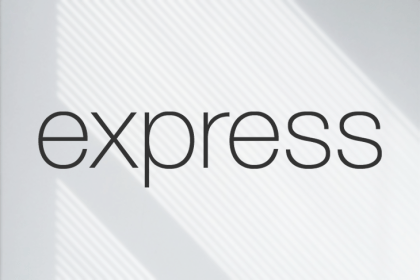
It’s possible to render static sites from a server, but there are limitations with this approach. Express template engines solve them.

Add Remotion to your React applications and create videos via the web using familiar concepts like CSS, WebGL, variables, and functions.

Learn all about React lifecycle methods for mounting, updating, unmounting, and error handling, including new methods as of React 17.
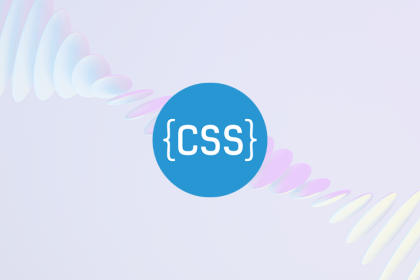
aspect-ratio propertyAt first glance, aspect-ratio may just look like an alternate spelling for the old aspect-ratio hack but it’s much more than that.
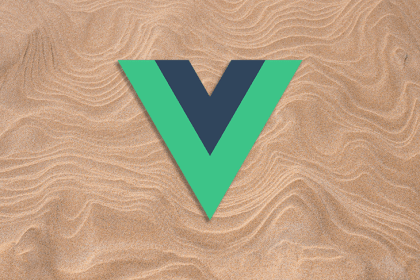
This introductory tutorial is designed to show you how Vue.js handles lazy loading at the route level of abstraction with the help of webpack code splitting
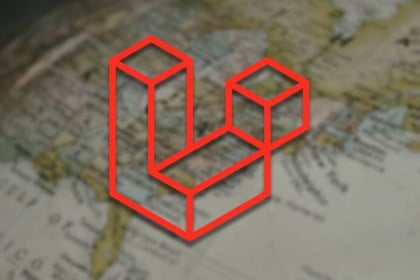
Learn how to implement Laravel Passport in your API with this tutorial and step-by-step example build.
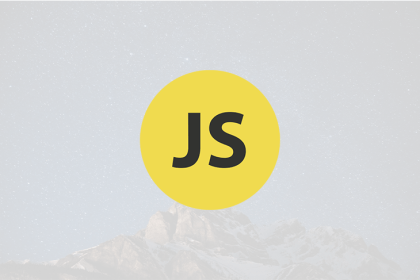
It’s time for the revolution that never happened.